Minors primer: What’s new as minor league baseball returns in 2021?
May 3, 2021, 6:05 PM
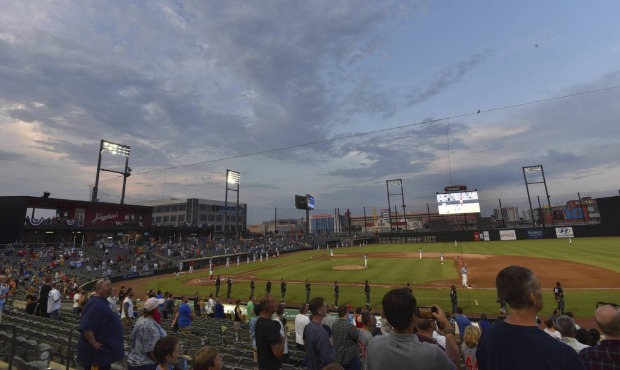
FILE - Players stand during the national anthem before the Rosemont Dogs played their baseball home-opener against the Milwaukee Milkmen at Impact Field in Rosemont, Ill., in this Tuesday, July 7, 2020, file photo. Minor league teams across the country are set to open their seasons Tuesday, May 4, 2021, returning baseball to communities denied the old national pastime during the coronavirus pandemic. (John Starks/Daily Herald, via AP, File)
(John Starks/Daily Herald, via AP, File)
NEW YORK — They’ve waited for the Wahoos, stood by for the Sod Poodles, bided their time for the Biscuits or Trash Pandas.
After more than a year of uncertainty and empty ballparks, fans in minor league cities are finally getting baseball back.
“Small town baseball, it’s the fabric of the United States,” Brooklyn Cyclones manager Ed Blankmeyer said. “It’s a culture.”
Minor league teams across the country are set to open their seasons Tuesday, returning baseball to communities denied the old national pastime during the coronavirus pandemic. Capacities will differ by jurisdiction, but for most, it will be the first opportunity to see pro players in person since the entire 2020 season was canceled.
Of course, much has changed since the last affiliated games were played in 2019. There are fewer teams and leagues and Major League Baseball has introduced plans to use the minors as a testing ground for new rules that could improve pace of play or reduce player injuries.
Much will remain the same. Family-friendly prices, offbeat giveaways and outlandish team branding — more on those Trash Pandas below — remain key pillars of the minor league experience.
But for those wondering what will be different, here’s a primer:
WHO GOES WHERE?
The biggest change, of course, is that MLB contracted the minors from 160 affiliates to 120.
Commissioner Rob Manfred’s office assumed full control of the minors after deciding this offseason not to renew its agreement with the National Association of Professional Baseball Leagues, the body that operated minor league ball.
That gave MLB latitude to reshape the minors, and it acted fast. The short-season leagues were eliminated, as were several full-season affiliates, to take 40 clubs out of the equation.
What remains are four levels — Triple-A, Double-A, High-A and Low-A — each with regional names. No more Pacific Coast League, for example — it’s just Triple-A West. Several leagues with over 100 years of history, including the International League (established in 1884), Texas League (1902) and Florida State League (1919), are no more.
Three previously independent franchises — the St. Paul Saints, Somerset Patriots and Sugar Land Skeeters — were brought into affiliated ball, meaning 43 clubs lost their connection to the pro ranks. Many of those were folded into new summer leagues for college players, draft hopefuls or independent leagues, keeping baseball in those communities in some form. Some, though, folded entirely.
Several have also rebranded, and just like before the pandemic, they’ve done it with minor league baseball’s signature eye-raising creativity.
The Mobile BayBears moved to Madison, Alabama, and became the Rocket City Trash Pandas — Rocket City for the area’s ties to the space industry, and Trash Pandas as a nod to the area’s clever, mischievous racoons.
Other clubs with new monikers: Kannapolis has transformed from the Intimidators to the Cannon Ballers, Wichita inherited a team from New Orleans and named it the Wind Surge, and Fort Myers now goes by the Mighty Mussels.
ON THE FIELD
The minors will be a testing ground for several rules experiments MLB is considering, including an automated strike zone, restrictions on defensive positioning and larger bases.
An automatic ball-strike system will be used at some Low-A Southeast League games, the highest level yet for the robo zone that’s already been tested in the independent Atlantic League and the Arizona Fall League. The system has received mixed reviews from players, including complaints about how the system grades breaking pitches down in the zone.
At Double-A, infielders will have to keep both feet in the infield at the start of every play, although there won’t yet be a ban on shifting three or more infielders to either side of second base — MLB hasn’t closed the door on banning the shift, though.
The bases at Triple-A will be expanded from 15 by 15 inches to 18 by 18, which MLB hopes will improve player safety and modestly increase stolen bases and infield hits.
The most impactful change could come at the lower levels, where MLB will limit pitchers’ ability to hold baserunners. At High-A, pitchers will be required to fully disengage from the rubber prior to throwing to a base, under penalty of a balk. In Low-A, pitchers only get two pickoff attempts per plate appearance. If they try for a third and don’t record an out, it’s a balk.
The Low-A West league will also adopt on-field timers previously used at other levels with additional regulations to reduce game length and improve pace of play.
ON THE ROSTER
At least 1,000 roster spots were eliminated when MLB contracted 40 clubs, but those that remain are at least getting a pay raise. MLB decided prior to the pandemic to boost minor league wages between 38% and 72% — a bump introduced three years after MLB successfully lobbied Congress to exempt players from federal minimum wage laws.
Players at Class A will see their minimum weekly pay raised from from $290 to $500. Double-A will jump from $350 to $600, and Triple-A from $502 to $700.
For most, opening day will be their first competitive game since the end of the 2019 season. More advanced players may have gotten reps last season at alternate training sites, but the bulk of players reported to spring training in late March after scrambling to stay sharp in 2020.
Their experiences varied, with a lucky few maintaining access to training facilities and other resources throughout the pandemic. Others got creative — power lifting with truck parts, box jumping on electrical units, constructing makeshift bullpens in their back yards.
At the other end of the spectrum, some Venezuelan players, unable to return to their conflict-stricken home country, were locked into team housing and unable to leave for months, even to grocery shop.
“If you have young guys that need to play baseball, they’ve been void of it for almost two years now, they’ve got to get out there and play,” Los Angeles Angels manager Joe Maddon said. “This is one time I am really going to be paying attention to minor league reports coming up. I want to see and hear how our guys are doing.”
Players say they expect pitchers to be a good deal sharper than batters early on, especially among those who didn’t go to alternate training sites. Pitchers adapted during the shutdown, using that time to build velocity and develop new pitches. Hitters, meanwhile, were hamstrung without the chance to get regular at-bats against high-level pitching.
“Definitely, pitchers are a little bit ahead right now,” Mets third base prospect Brett Baty said.
“I’ve just been telling guys to throw strikes,” said teammate and right-hander Matt Allan, who has been telling his fellow pitchers to challenge hitters early and often.
Players are understandably eager to get back into the minor league grind, competing against other teams and playing in front of fans.
About the only thing they aren’t excited for?
“The nine- or 10-hour bus rides,” Allan joked.



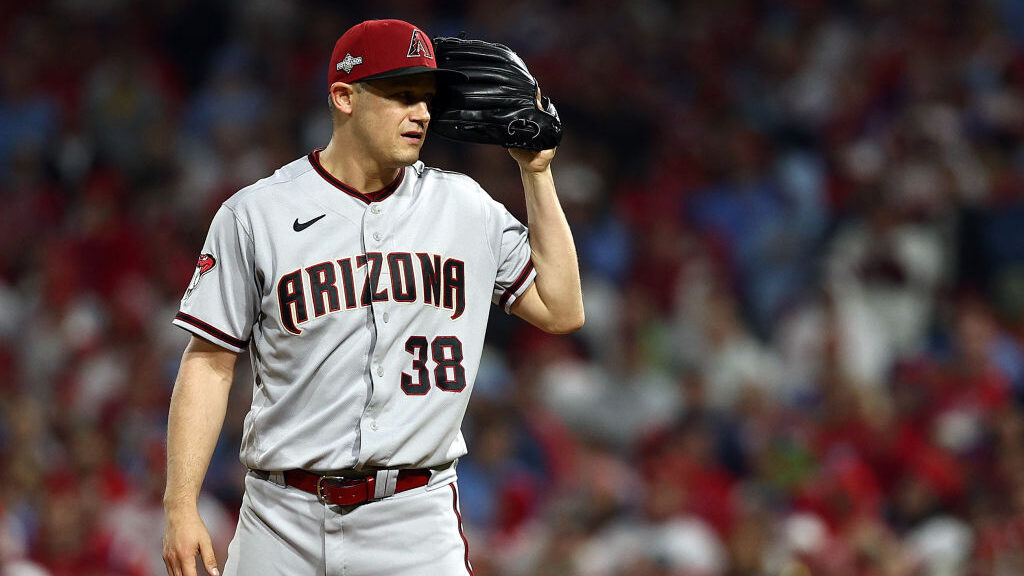
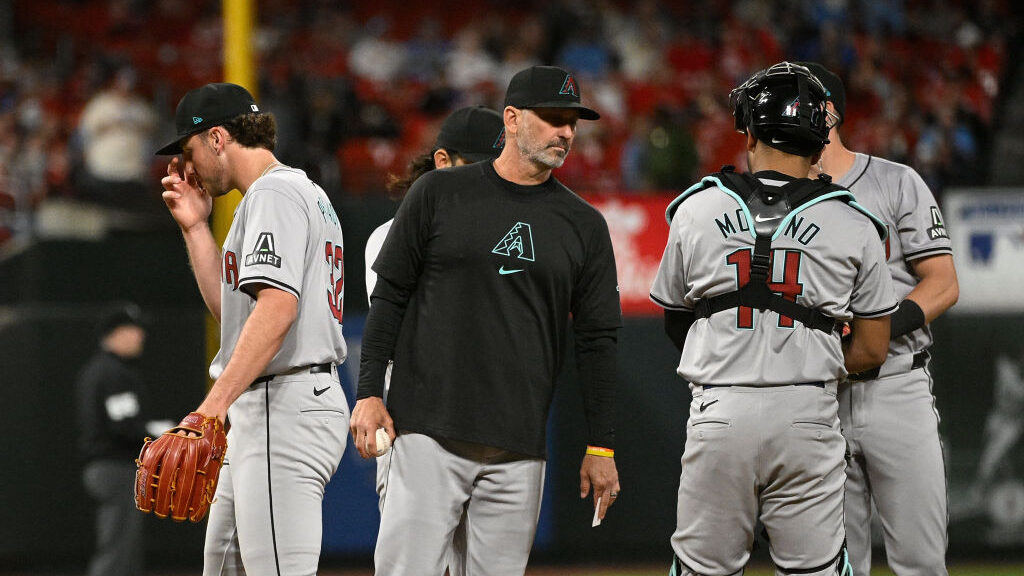
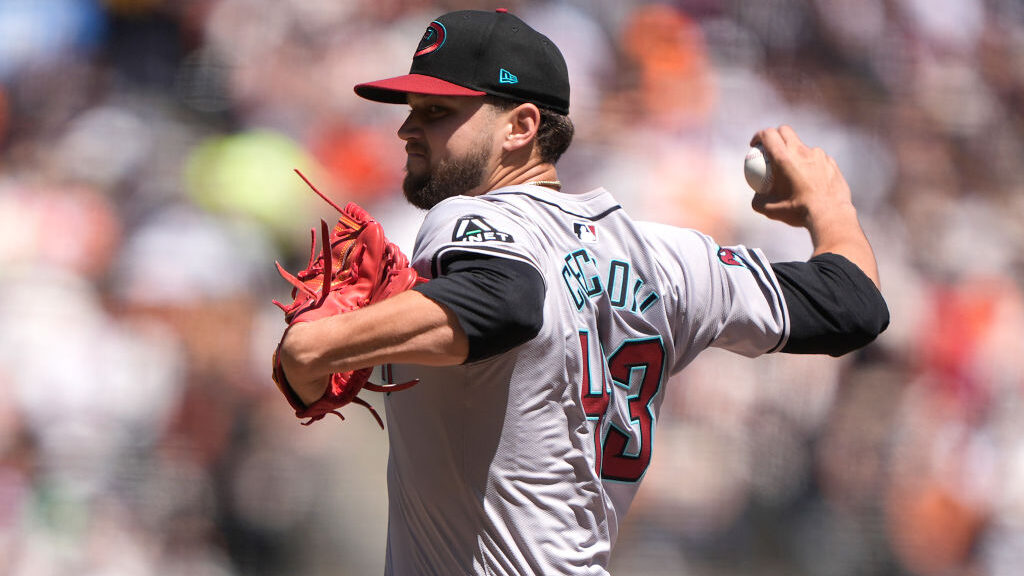
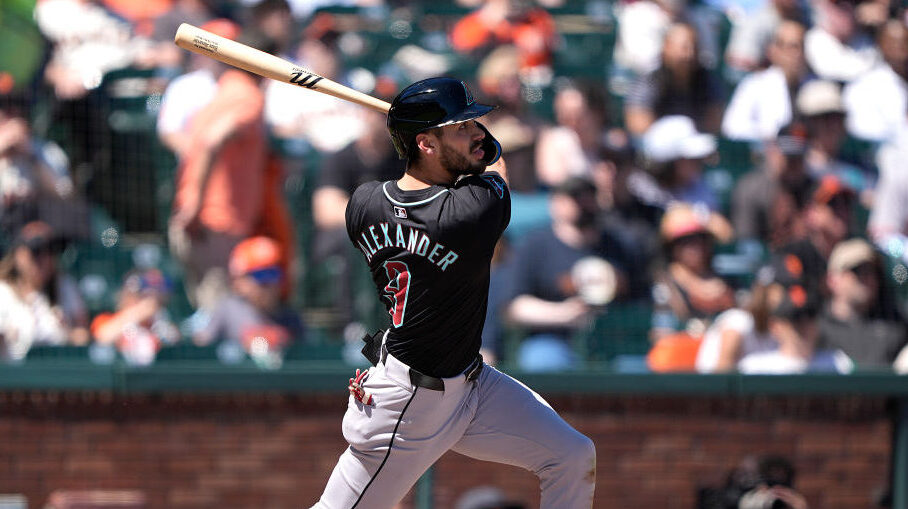


Comments